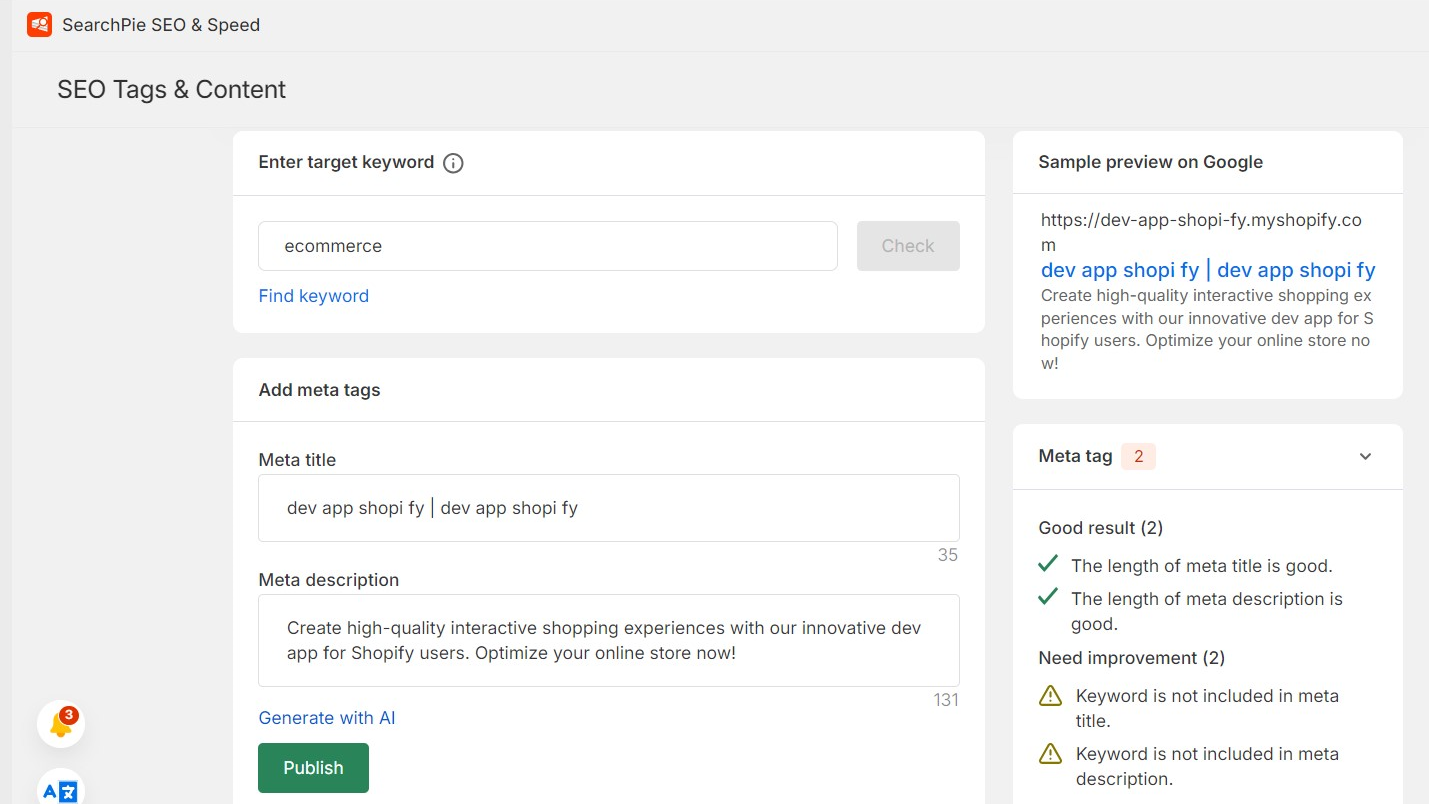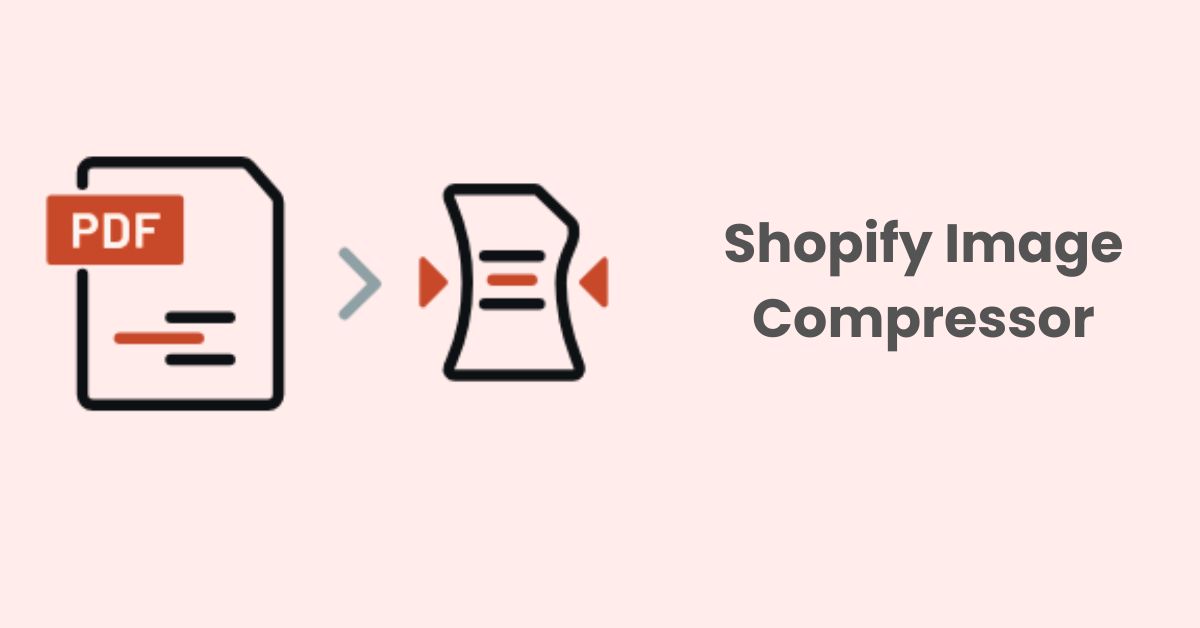Connective E-Commerce – An Useful Method To Start An Online Store?
Over 50% of retail startups fail. It’s a sad fact, but a fact nonetheless.
The forecast is even more terrible for online stores than for brick-and-mortar retailers. According to the report, 90% of newly established eCommerce companies fail within the first 120 days of operation.
Is there any method for this problem? The answer is yes. With a multitude of solutions to your problems, the real challenge lies in implementation. This article will guide you on how to effectively apply these solutions to your business – Connective eCommerce
What is Connective eCommerce?
Connective eCommerce is a lower-risk strategy for opening an online business by minimizing the upfront financial investment. Instead, connective eCommerce focuses on connecting different parts of the eCommerce business to streamline the online selling process as much as possible. You sign up for a website like Shopify or Haravan and let its integrated shipping and payment processing handle the work. Then, you have all the time for the craft while the platform handles most logistics.
Benefits and Challenges of Implementing Connective eCommerce
The 4 benefits of connective eCommerce
Connective eCommerce can help new business owners increase sales revenue without exposing themselves to significant financial risk.
- Adaptable strategy
Adaptability is one of this method’s biggest selling points. With connected eCommerce platforms and services, you can adjust offerings and marketing strategies to remain competitive and relevant. It’s easier to pivot than the traditional method.
- Reduced startup costs
Connective eCommerce business models can significantly reduce financial investments in inventory management and advertising, allowing you to start selling products online with minimal initial investment costs.
- Limited hiring need
Since the connected eCommerce model uses automation or outsources much of the operational workload, there’s no need to hire a big team. Third parties cover functions like order fulfillment, customer service, and inventory management, allowing you to operate efficiently with a lean team.
- Reduced time to market
Ready-made solutions and vendor partners can decrease the pre-launch period. With traditional methods, a business owner takes several steps like investing in website development, storing inventory, and launching a paid ad campaign.
In contrast, connective eCommerce allows you to develop a brand, build and push your store live, and get results in a short time.
The 4 challenges of connective eCommerce
Connective eCommerce has its own complexities compared to traditional methods. It requires more resources so there are some of the most common challenges sellers can face and some practical solutions for overcoming them.
- Dependency on third parties
If you’re implementing connective eCommerce, strong relationships with suppliers, third parties make or break the business. To keep customers happy, work with manufacturers that offer consistent product quality and timely delivery.
Look for suppliers with strong ratings and reviews and set clear expectations about product quality and delivery times.
- Customer experience consistency
Integrating several services or outsourcing operations is a challenge for brands to make customer experience consistently because you can’t control all steps of the delivery process.
Be transparent about delivery timelines and practice proactive customer service, offering regular updates on order status to keep shoppers in the loop. A good return and refund policy also builds trust and encourages repeat business.
- Technology integration
Effective connective eCommerce requires integrating different technologies and platforms, which is tricky without the right technical expertise. Invest in reliable eCommerce platforms, omnichannel POS systems, and API integrations to ensure smooth communication between systems.. Temporarily hiring an expert to set up the shop can also help get it right the first time.
- Profit margins
Connective eCommerce cuts a lot of upfront costs, but you still have to deal with marketing costs, platform fees, and payments to suppliers. To keep the business running, review expenses regularly and look for cost-effective solutions to keep your firm operating.
How to implement a connective eCommerce strategy
If connective eCommerce sounds like the solution you’ve been looking for, all that’s left is creating an implementation plan. Follow these steps to get started.
- Identify your niche
- Find partners
- Choose an eCommerce platform
- Build your online store
- Market your business
Identify your niche
First, conduct market research and select a niche, prioritizing product types that are in demand with your target market. Use Google’s Keyword Planner to analyze search volumes, look at the number of online retail businesses for a particular product type on online marketplaces like Amazon and Etsy.
In this process you need to define what your target market is, who is your competitor, your environmental sector. We recommend you can use some models to support you with choosing the right path such as PESTLE, SWOT.
PESTLE
PESTEL analysis ensures you look at several different influential factors that could affect a company’s market successes. How much these factors affect your business depends on what industry you’re in, but one thing’s for sure: they’ll all have an impact on your results. Considering these elements is necessary to ensure your niche is potential.
SWOT
SWOT, which stands for Strengths, Weaknesses, Opportunities, and Threats. It is a tool to analyze the elements that directly affect your business in the environmental sector. Identifying your strengths, your weakness, and what the market’s state is to decide what the suitable niche is for your business.
Find suppliers
After identifying your niche, find dropshipping suppliers. Consult online lists of the top vendors and peruse their offerings pertaining to your market.
Choose an eCommerce platform
Next, choose an eCommerce platform. These factors you need to follow in this step:
- Cost: The goal of implementing connective eCommerce is to minimize startup costs, so consider the monthly price is a priority.
- Ease for set up and use: To save time, a platform allows you to quickly set up and launch an eCommerce store without web development experience.
- Sales channel integrations: Connective eCommerce emphasizes marketing on free channels, like social media platforms.
Build your online store
To build your online store, select a theme, design your website, and integrate necessary utilities. If you choose a platform with dropshipping integrations, connect your dropshipping suppliers, select what products you’d like to sell, and set your prices.
Market your business
A comprehensive marketing strategy drives traffic and sales. The connective eCommerce approaches to non-paid traffic like organic social media marketing, search engine optimization (SEO), and direct outreach. This method focuses on leveraging business efficiency without increasing your upfront costs.
How to boost organically your Connective E-Commerce site, you can implement strategies focused on SEO and user engagement. Organic growth for your Connective E-commerce site means attracting visitors naturally without paid advertising. Here’s how you can do it.
- Optimize for SEO:
On-Page Optimization:
- Incorporate keywords into your page titles, title, meta descriptions, and content.
- Keyword Research: Identify relevant keywords and phrases that your target audience is searching for.
- Technical SEO: Ensure your website is mobile-friendly, has fast loading times, and is easy to navigate.
Off-page Optimization:
- Build Backlinks: Backlinks are a key ranking factor. When a website links to yours, Google considers page ranking based on high-quality backlinks.
- Social Media: Regularly post valuable content on social media platforms like Facebook, Instagram, and Pinterest.Especially, the interact with your followers by responding to comments and messages is also a method to increase the effect of social optimization.
Tools to optimize your SEO blogs:
In case you’re still struggling with SEO requirements for blogs, you may consider installing these apps to help you optimize your contents effortlessly:
SearchPie SEO & Speed optimize
SearchPie is one of the most powerful and multi-use SEO apps in the Shopify App Store, it offers almost everything merchants need for SEO(on-page and off-page): speed optimizations, meta tags, image compression, AI features, etc.
Google Search Console
Google Search Console provides the performance report about how your website is performing on Google.
It shows four metrics:
- Total clicks: The number of times people clicked on your site from the search results
- Total impressions: The number of times your site appeared in search results
- Average CTR (click-through rate): The percentage of impressions that resulted in a click
- Average position: The average position of your site in search results
Content Marketing:
- Blog: Create high-quality, informative blog posts that address your target audience’s questions and needs.
- Product Descriptions: Write detailed and engaging product descriptions that highlight key features and benefits.
- Guides and Tutorials: Offer helpful guides and tutorials related to your products or industry.
Tools to optimize your content:
SearchPie app provides not only methods for SEO web, it is also a tool for Shopify merchants to write SEO blogs for their stores. This tool allows you to create blogpost with the help of SearchPie’s SEO checklist.

Connective eCommerce: possible success or a scam?
After understanding the definition of connective eCommerce and the strategy, are you serious about whether implementing connective eCommerce is effective or not? There are many connective eCommerce reviews that include all positive and negative aspects.
In fact, a Connective eCommerce is a needed solution to enhance corporate goals through improved customer experience, more engagement, and a supply chain with the integrity to complete e-commerce orders. Connective eCommerce provides you with a profitable method to start an online store even when you have little or no experience designing a website. However, there is a long path for sellers to maintain and develop your online store. To facilitate this process, choosing a suitable website builder for your connective eCommerce beginnings is a lever to foster your store to go faster.
Conclusion
Starting a new business has many challenges and risks of failure, it’s more difficult to shop online. So, applying Connective eCommerce is a method to run a business with low-risk.. To streamline your SEO efforts and link management, consider utilizing tools like SearchPie, which can help you identify issues and optimize your website for better search engine visibility.
Enjoy this post? Find more insightful articles for optimizing your website HERE





